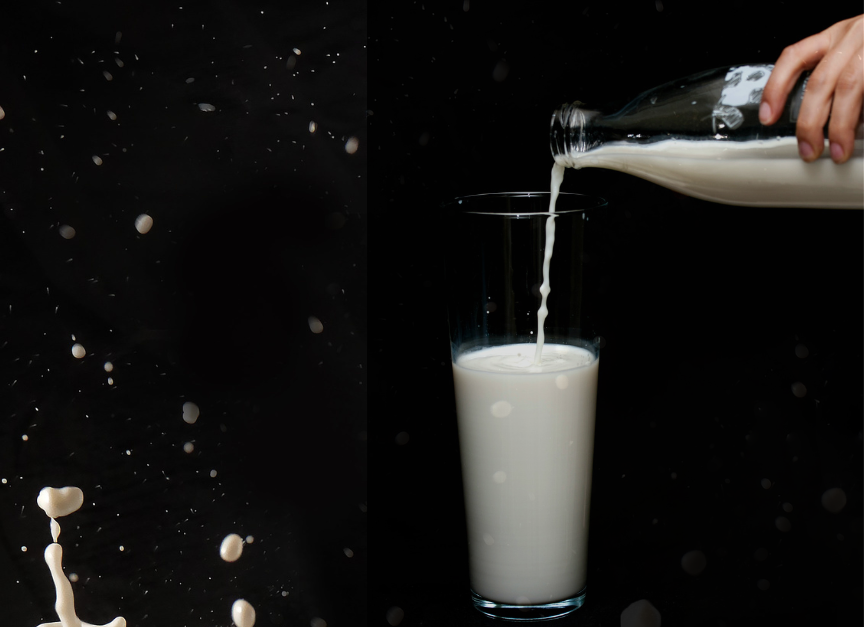For many families, August represents a season of transition. As soon as the calendar flips to this month, those with school-aged children start to think about heading back to school. Those students who play fall sports often start having two-a-day practices in the first week of August. Those who are in youth programs like 4-H and FFA are busy that first week putting the finishing touches on their project animals before they head off to the fair. And then all at once, summer comes to an end.
The county fairs wrap up, project animals either go back in with their herd mates or head to market, and the kids we got used to having around to handle evening milkings and do daily chores on the farm are once again gone at the crack of dawn to catch that big yellow bus. Some parents joke that they can’t wait for school to start again, but I always look to the fall with a mix of anticipation and regret.
The anticipation is because I do look forward to what each school year will bring – how many inches will they grow, what classes will they like, what new friends will they make. The regret is because I am thinking of the things we never had time to do while they were home for the summer. And now, between school and sports schedules, there is not much time to fit in anything else. My boys, however, always seem more excited than me when August rolls around.
Market Transition
As students across the country head back to school, our dairy markets experience a transition as well. In 2021, about 44.3 billion pounds of milk were sold in the bottle – or as fluid milk. That’s roughly 20 percent of the total milk production in the country. From August through May, fluid milk sales range between 3.5 and 3.9 billion pounds per month. However, in June and July, the amount of milk sold as fluid milk falls about 7 percent to around 3.4 billion pounds per month. That is because kids are not drinking as much milk at home as they are at school.
USDA estimated that children aged 6 through 12 years get 35 percent of their milk needs at schools while teenagers aged 13 through 18 years get 25 percent of their milk needs at schools. USDA studies also show that consumption of fluid milk is higher for both groups on weekdays, when schools are generally in session, than on weekends. It’s also higher during the school year than it is during the summer.
In the summer, the milk displaced by schools being closed moves into ice cream sales. In fact, the International Dairy Foods Association (IDFA) estimates that three-fifths of annual ice cream production in the US is made in July, with May and June close behind. In 2021, ice cream makers in the U.S. churned out more than 1.3 billion gallons of ice cream. Based on IDFA’s statistics, about 1 billion gallons of that is produced in the summer months.

Dairy Consumption Growing
On an annual basis, fluid milk sales continue to decline across the U.S. USDA reported a 4.1 percent decline in 2021, falling from 46.2 billion in 2020 to 44.3 billion pounds to 2021. Last year marked the twelfth year in a row that fluid milk sales declined, with fluid milk consumption at its lowest since 1951. The only fluid milk category showing growth last year was flavored milk, with sales up 14.3 percent.
Part of the decline in fluid milk sales is attributed to declining school milk sales. However, fewer families eating at home, where milk is more likely to be served, and declining cereal consumption are also considered factors in the decline. The most significant factor often referenced, though, is competition from other beverages, especially flavored waters.
Despite declining fluid milk sales, total dairy product sales are increasing, with increasing domestic cheese and butter consumption, along with growing export sales, helping to bolster sales. USDA data shows that per capita dairy consumption is now at its highest level since 1960, up 52 pounds over the past 10 years.
Total cheese production was up 2.8 percent in 2021, totaling 13.624 billion pounds. Considering it takes about 10 pounds of milk to make a pound of cheese, that means roughly about 136.24 billion pounds of milk produced in the U.S. goes into cheese production, or roughly 60 percent of the U.S. milk supply. Domestic butter production was down in 2021, falling 3.8 percent from all-time high levels in 2020. Per capita consumption of butter is up nearly 40 percent from 20 years ago, with the average American consuming 6.3 pounds of butter each year.
Dairy and School Meals
The U.S. House Education and Labor Committee just passed the “Healthy Meals, Healthy Kids Act,” a bill which reauthorizes federal child nutrition programs. While dairy groups were disappointed that the bill did not allow for whole milk to be reintroduced into the School Meals Program, it did include provisions to provide increased access and maintain existing access to other healthful dairy foods. The bill also increased students’ access to nutritious food by securing more permanently the ability for schools to serve all milk options, including low and reduced fat milk, consistent with the Dietary Guidelines.
While we didn’t win the war, we did win a major battle in that dairy continues to hold an important spot on the school lunch tray. And, with families across America sending their kids back to school this month, that’s not only a major win for dairy but for the 12 million food insecure children out there who need milk’s powerful package of nine essential nutrients critical to their health and development.
—
Editor’s Note: This column is written by Jayne Sebright, executive director for the Center for Dairy Excellence.

